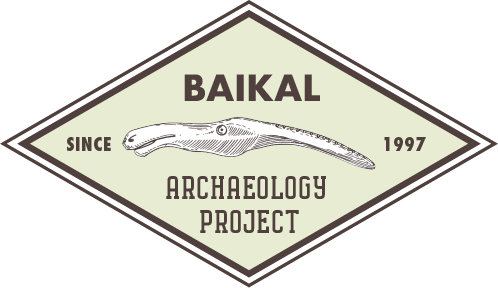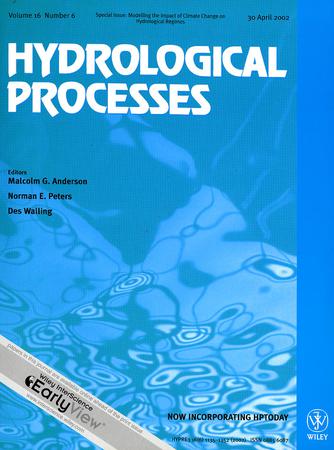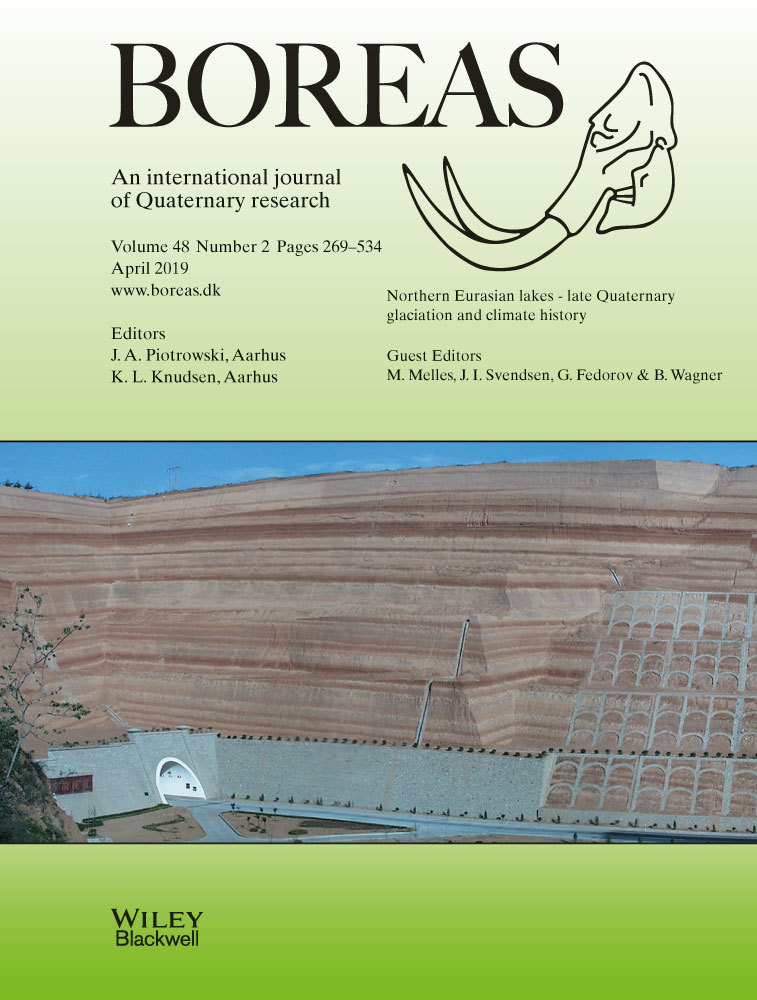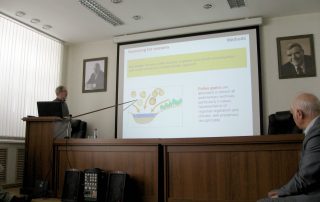Christian Leipe article published in Science Advances
Congratulations to Christian Leipe and other BAP team members on their recent article published in Science Advances! Title: Discontinuous spread of millet agriculture in eastern Asia and prehistoric population dynamics Authors: Leipe C, Long T, Sergusheva EA, Wagner M, Tarasov PE. Abstract: Although broomcorn and foxtail millet are among the earliest staple crop domesticates, their spread and impacts on demography remain controversial, mainly because of the use of indirect evidence. Bayesian modeling applied to a dataset of new and [...]













